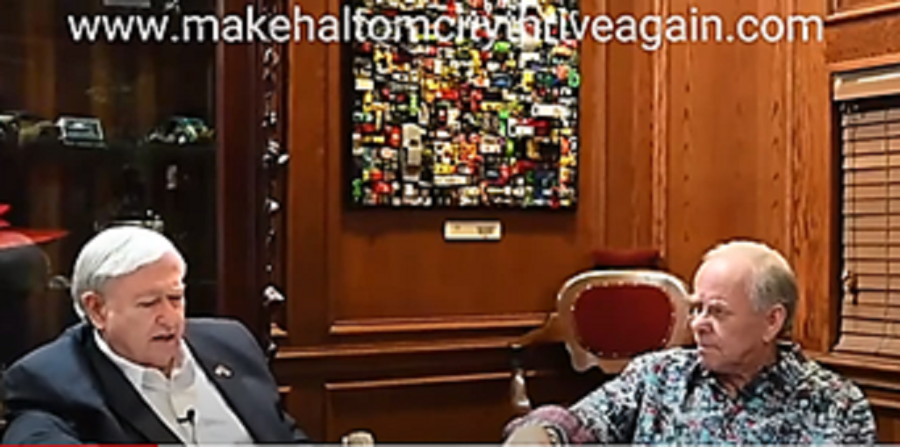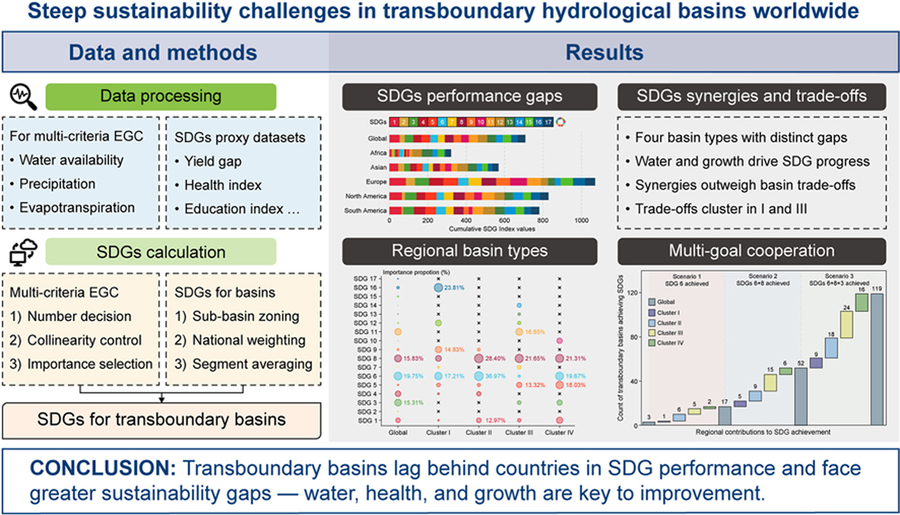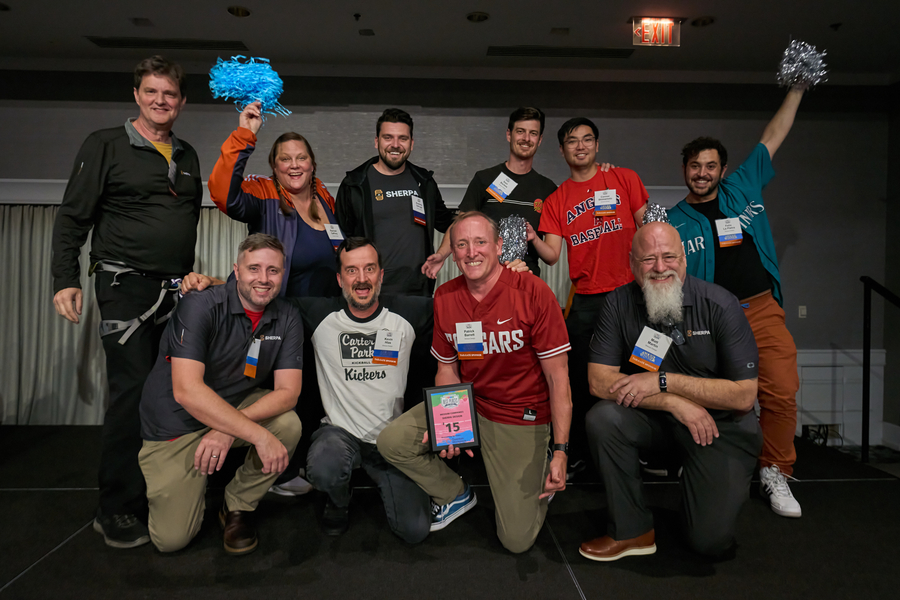Current codes are overly restrictive and can stop a project in its tracks.
HALTOM CITY, TX, September 08, 2023 /24-7PressRelease/ — In the south and central areas of Haltom City, a growing number of commercial buildings sit vacant, many of them boarded up. A recent business census showed that the US 377 corridor is approaching a 30% vacancy rate in the area from NE Loop 820 to Belknap.
If you think that having a building sit vacant only affects the owner of that building, you would be wrong. Study after study has shown that unoccupied buildings attract crime (drugs, theft, and other criminal activity), result in lower property values, diminish quality of life for the people that live in the area, and reduce tax revenues for the city as whole.
“Yet city leadership has no plan to address the problem at this time,” says local businessman and Haltom United Business Alliance Founder Ron Sturgeon. “The situation is only going to get worse if city leadership fails to take action.”
In an effort to call attention to the issue, Make Haltom City Thrive Again (MHCTA) has released a series of brief videos. The videos talk about the need for a Concept Plan and go into some depth on a number of aspects related to revitalization of inner city areas. Most of the ideas put forth have been used successfully used elsewhere and can be implemented at a relatively low cost.
In one particular video, Sturgeon focuses on the negative impact of current use codes when it comes to older buildings. Codes in Haltom City divide commercial use into 5 distinct categories. As things currently stand, if a vacant space was once used as a dance studio but is now being considered by a plumbing supply store, the “change of use” triggers four separate code inspections along with the requirement to bring the property up to current buildings codes.
“So what’s wrong with that?” you might ask. Of course the city should ensure that the property is operating in a safe manner. The problem is that the cost to bring an older property up to current codes can wipe out a budget and is often related to things that aren’t really necessary. Having to install sprinkler systems in an older building or find a way to fit in more parking spaces just to meet newer codes can stop a project in its tracks. Unless cities make exceptions for smaller projects (e.g. allowing a fire alarm system instead of sprinklers), the vast majority of investors will simply go somewhere that is more accommodating.
Sturgeon also takes issue with the fact that no automotive business of any kind is allowed in areas zoned for restaurants and other retail. This means that no tire store, quick lube, or DIY parts store can move into a retail area where that all-important traffic would help call attention to their store. Matt Forbes, Operations Director for Auto Hail HQ, has tried to rent buildings in Haltom City and claims in a recent Facebook post: “It’s very difficult to work with the city, especially if you are a car dealer. There’s one commercial warehouse and office building that’s been for sale for years, because the city will not move off of overly strict zoning requirements.”
The full video series is posted on the Make Haltom Thrive Again website. If you’re a resident or business owner in Haltom City, be sure to check it out.
About Haltom City
Haltom City is a diverse, majority working-class city located between Dallas and Fort Worth in Tarrant County, TX. Haltom City is minutes from both the DFW Airport and Downtown Fort Worth with direct access to major highways including I-820 and SH-121. Due to an outdated and restrictive use matrix that discourages new business and deters growth, several areas of Haltom City have seen a decline in small businesses which provided goods and services and were a significant source of jobs, including the once-thriving automotive industry. However, Haltom City can reverse this trend and should prioritize development of inner-city land and vacant buildings, particularly in the major corridors close to the city’s center. The city is financially healthy with a capable manager and staff who would like to see diverse business development occur and need the support of the City Council to make it happen.
About Make Haltom City Thrive Again
Make Haltom City Thrive Again is a movement to return prosperity to the older parts of South and Central Haltom City by luring the small businesses that have left over the past decades back to Haltom City. A vibrant business community not only allows for greater employment and choice of goods and services, but also can ease the tax burden on residents. The movement is led by local entrepreneur and business owner Ron Sturgeon. For more on Sturgeon’s ideas and background, check out his book, Keeping the Lights on Downtown in America’s Small Cities and watch the videos on his Facebook page. Ron is also the founder of the Haltom United Business Alliance (HUBA) which represents existing business interests in Haltom City and promotes growth of diverse businesses. HUBA is not a political action committee and does not endorse candidates. If/when Ron endorses candidates, he will do so on his own via the Make Haltom City Thrive Again organization.
About Haltom United Business Alliance
Haltom United Business Alliance (HUBA) wants to give members of Haltom City’s business community an advocate and to keep those businesses informed about issues that affect them. They want to make sure Haltom City is business friendly and nurtures small business growth, including automotive businesses in the industrial districts, and bring more restaurants including breweries and eventually a major grocery store to the city. New businesses and growth in existing businesses will create a stronger tax base which will allow the city to pay its first responders wages that are competitive with surrounding cities while improving Haltom City’s facilities and infrastructure. HUBA believes that the southern and central parts of the city need a revitalization plan, to prevent further degradation in those areas, and wants that to happen before the inner-city experiences increased crime and more blight. As retail and office uses are in decline, it’s more critical than ever to attract new businesses. They believe that such a plan requires a strong relationship and support of the business community. Anyone who owns a business in Haltom City is eligible to join HUBA. Dues are $20 annually or $50 for a lifetime membership, and membership is 100% confidential. To join, contact Joe Palmer at (682) 310-0591 or by email at HUBAgrp@gmail.com. Visit the group’s Facebook at Haltom United Business Alliance.
—
For the original version of this press release, please visit 24-7PressRelease.com here












